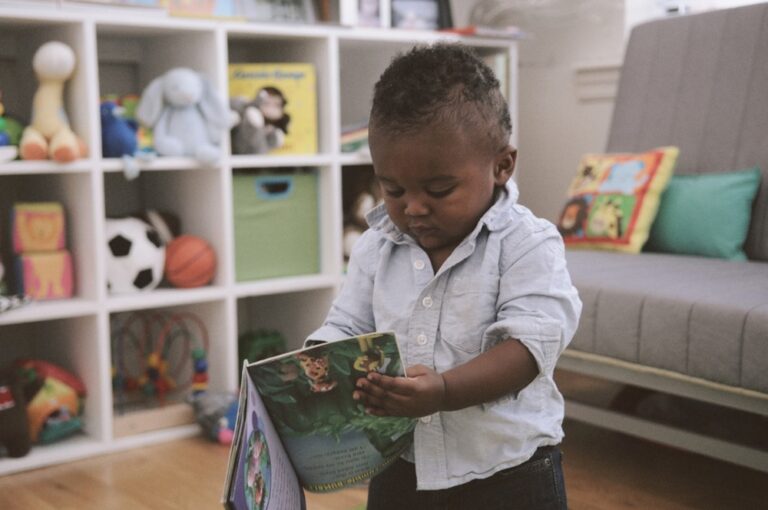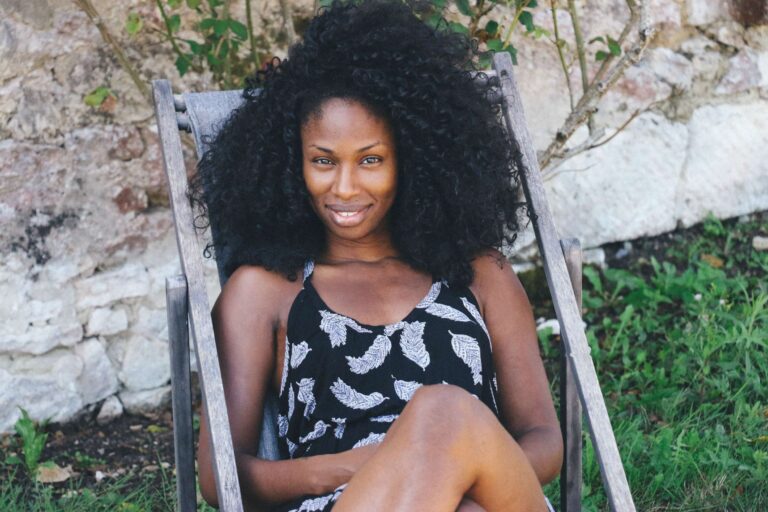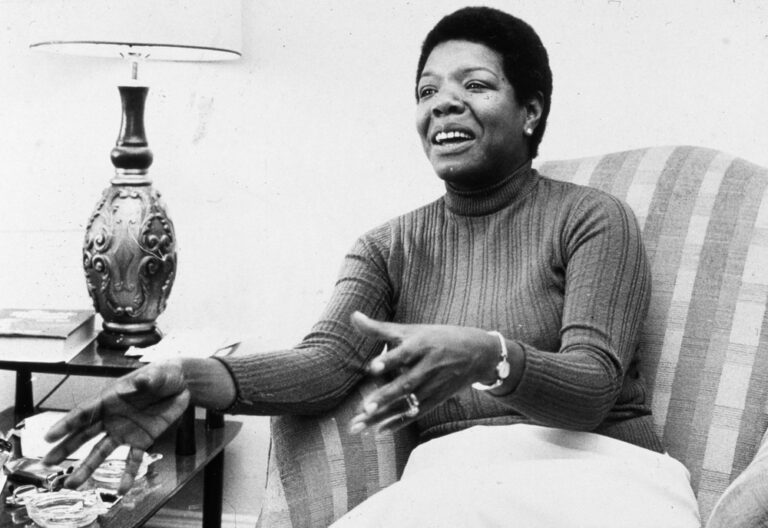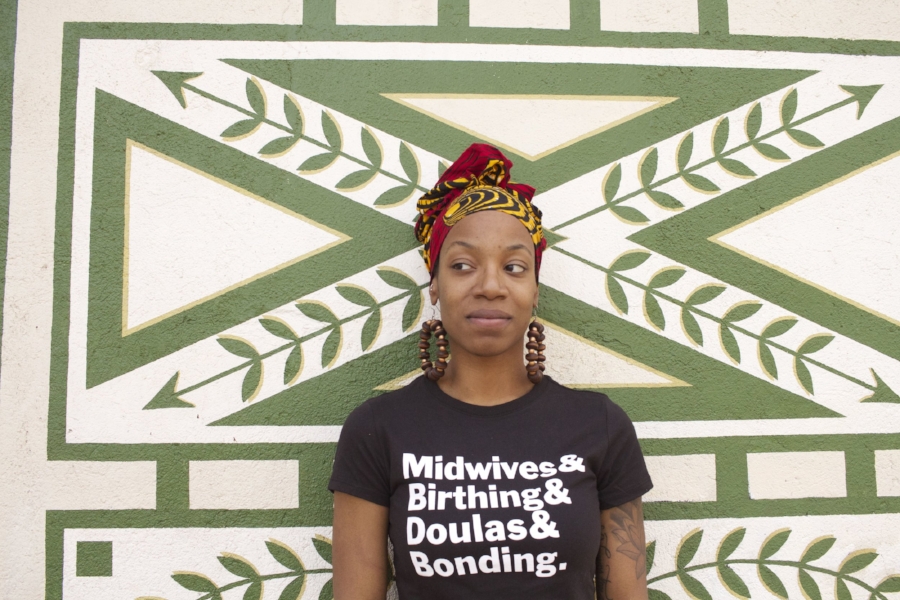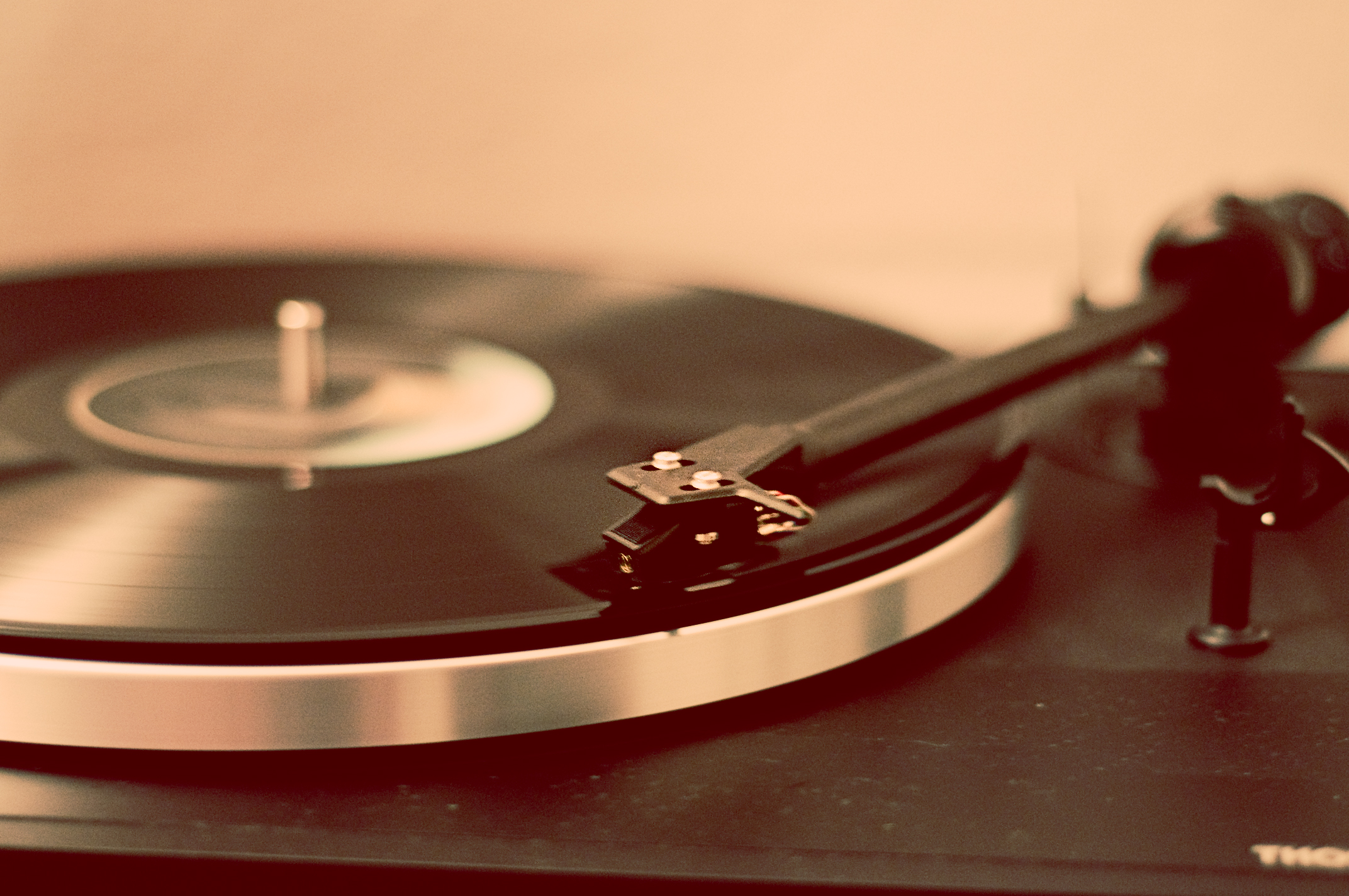So often Black people are characterized as superhuman. From Toni Morrison’s flying Negro in Song Of Solomon to police officers characterizing unarmed victims as unstoppable, we are regularly seen—for better and for worse—as supernatural figures.
However, contemporary society has transformed this often-times dehumanizing tendency into something “magical” and worth celebrating thanks to hashtags like #BlackGirlMagic, a term coined by Cashawn Thompson in 2013 as an effort to celebrate the talent, beauty, and resilience of Black women.
But while that phrase has been applied to Olympic feats, professional wins and pop stars who slay, one event shines a spotlight on the everyday Black Girl Magic seen in an old-school game that’s been played all over the country for more than a century: Double Dutch.
On December 4 the National Double Dutch League held its 25th annual Double Dutch Holiday Classic. Hundreds of Double Dutch competitors and fans filled New York City’s Apollo Theater to see or display their Black Girl Magic (and some Black Boy Joy). About 100 teams from the U.S. and across the world—including Morocco, South Africa, Japan, and Belgium—competed for the chance to show who has the best jump-rope skills to win the first place trophy up for grabs.
“Seeing Double Dutch come from an inner-city game and establish into an international sport is crazy,” says Lauren Walker, president of NDDL and daughter of David Walker, the African-American NYPD detective credited with revitalizing the street game and developing it into a competitive sport.
You know what else is crazy? The unbelievable amount of talent and joy that goes into the game. All it takes is a minimum of three people and two ropes to see some magic happen: bodies jumping, twisting, and turning in sync with the ropes as they pick up speed; people showing off dance moves, fancy footwork, and acrobatic feats timed with the movement of the ropes… It’s spell-binding.

Double Dutch takes on a new, weightier significance when you consider it against the backdrop of its history and this country’s relationship with Black bodies at play. Theorized to have been developed by the ancient Phoenicians, the game was brought over to the Americas by Dutch settlers who first settled in New York. It was the English who coined the term Double Dutch when they noticed its popularity in urban cities.
With the boom of television and radio in the ‘50s—and the overall lack of recreational spaces in urban communities—Double Dutch was on a decline until David Walker and his partner Detective Ulysses Williams turned it into a competitive sport in the early ‘70s, putting on the first Double Dutch tournament in 1974 with about 600 5th-8th grade students.
Double Dutch is such a prominent part of African-American culture because the childhood game was developed within urban cities. When Double Dutch was becoming a competitive sport, many urban communities had a limited amount of resources to play costly sports. So recreations like Double Dutch and basketball thrived because the community could come together and play games that didn’t require much equipment. Children across the country picked up those two ropes and found something more than what was in front of them.
“[Since] Double Dutch started in the urban community, it gives girls a sense of ‘I can do that,’” Lauren Walker says. “The magic in Double Dutch is that it brought a community of girls [from] all around the world together. It helps girls gain high self-esteem, self-confidence, [and] teaches teamwork and sportsmanship.”
I can speak to this from personal experience: Before I learned how to play the game I would watch my classmates perform their fancy footwork, admiring their confidence. Playing with the girls in my neighborhood became difficult until my cousin advised me to “count to three” and then jump in. From that moment on, I became an unstoppable force.
Knowing the game’s history, it’s easy to see Double Dutch as another example of Black Girl Magic: Us making a way where we’re told there isn’t one. Whether we’re watching Double Dutch players move through the jump rope swiftly and gracefully on Apollo’s stage or on the playground, make no mistake: There’s magic happening right in front of us.



